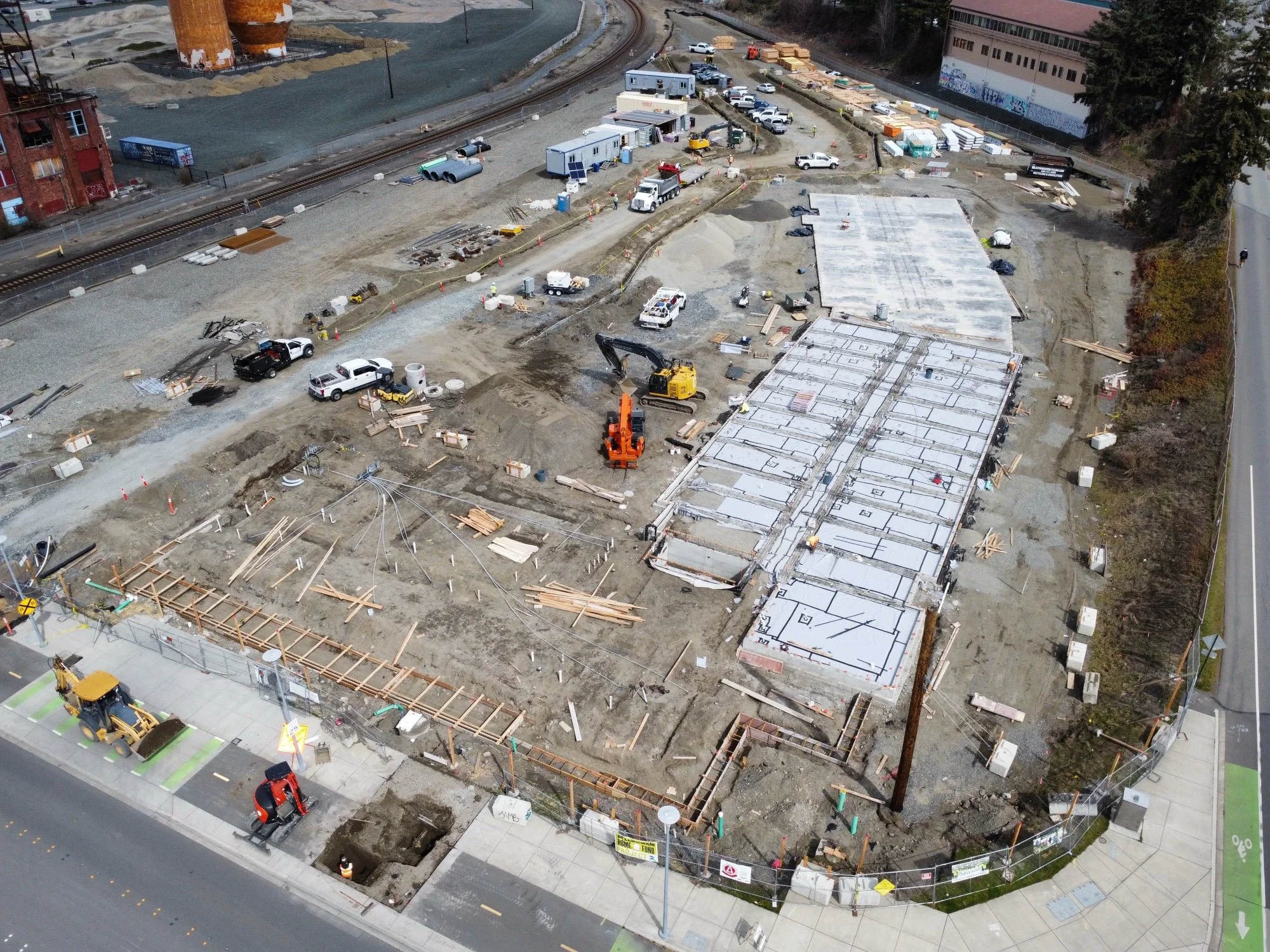Restoring Land, Creating Affordable Housing Gateways
Affordable housing in Washington state is at a crossroads. In urban areas close to transit competition is increasingly fierce to find low-cost housing for rent. This is not simply a Seattle story. It is happening across the state in Tacoma, Ellensburg, Bellingham, and Spokane. In parallel to those who seek affordable housing to live, there are also great challenges for those seeking to build it.
Affordable housing developers diligently hunt for multi-lot parcels with access to amenities and transit that can be transformed into work-force housing. Yet, the available parcels in prime locations are often vacant for a reason. They are likely burdened by environmental contamination in soil and groundwater– often from former gas station and dry cleaners —and the complex and costly regulatory requirements to clean it up.
These properties can be perceived as “not available” to the affordable housing community because the costs even just to get to shovel ready are too high. Unable to compete against the deeper pockets of private developers, non-profit housing developers pass on blighted sites as too risky, too costly, and too difficult to get to the finish line.
However, recent success stories— led by non-profit housing developers and a unique team of scientists and legal experts — have pioneered an approach that creates new funding opportunities for these projects, supported by state-backed grants. The result of this is a model for transforming and restoring prime urban sites into affordable housing communities. And all while managing cost and risk effectively.
A FIRST-OF-ITS-KIND MODEL
Artist’s Before/After rendering of the Mt. Baker neighborhood Affordable Housing project in South Seattle. Remedial investigation is happening now to plan and then clean up historical gas and dry cleaner contamination and set the stage for construction of 160+ affordable housing units across the street from the Mount Baker Light Rail station.
Brownfield projects are not new of course. However, several brownfield projects in south Seattle are using an innovative, first-of-its-kind approach to turn such properties into affordable/work-force housing. Understand more about these projects, past discussions on this approach, and the state’s new Healthy Housing Remediation Program here:
Learn More
Contact Principal Geologist Dave Cook to learn more about transforming brownfield sites into affordable housing community gateways.











